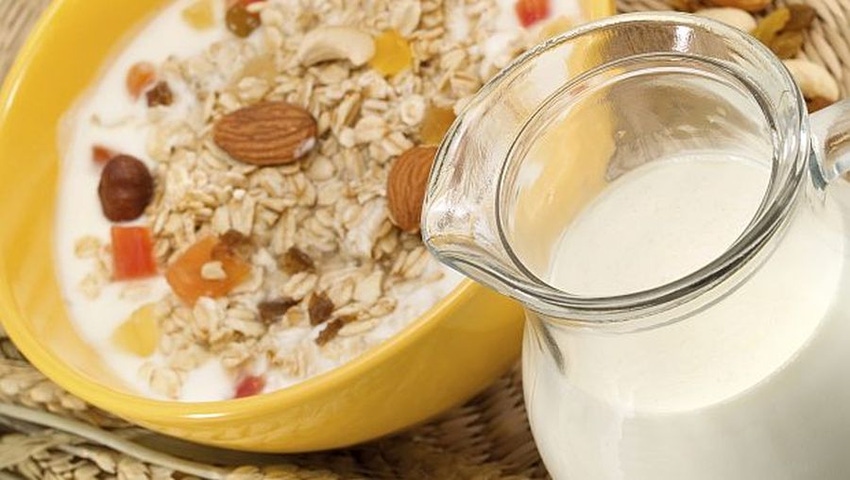Ready-to-eat (RTE) breakfast cereals are seeing a continued decline in sales, indicating a secular downtrend rather than a mere blip, as consumer eating habits continue to evolve, according to Lux Research.

Ready-to-eat (RTE) breakfast cereals are seeing a continued decline in sales, indicating a secular downtrend rather than a mere blip, as consumer eating habits continue to evolve, according to Lux Research.
The rate of growth of cereals began to slide in 2007, and the market has been shrinking overall since a 2011 peak of $8.5 billion, as a younger population embraces other alternatives. In 2014, when sales of breakfast cereals dropped for the fourth year consecutively, yogurt sales exceeded $7 billion and snack bars topped $5.5 billion, revealing a generational shift.
“The need for greater convenience, changing social mores, and an increasingly mobile workforce are changing the definition of breakfast,” said Joice Pranata, Lux Research Associate and lead author of the report titled, “Cereal Loses Crunch as Breakfast Alternatives Take Over.”
To learn more about trends in better-for-you breakfast, check out INSIDER’s digital issues, “Building Better-For-You Breakfast Cereals,” and “What’s in Your Cereal Bowl? The Protein Makeover.”
About the Author(s)
You May Also Like




.png?width=800&auto=webp&quality=80&disable=upscale)